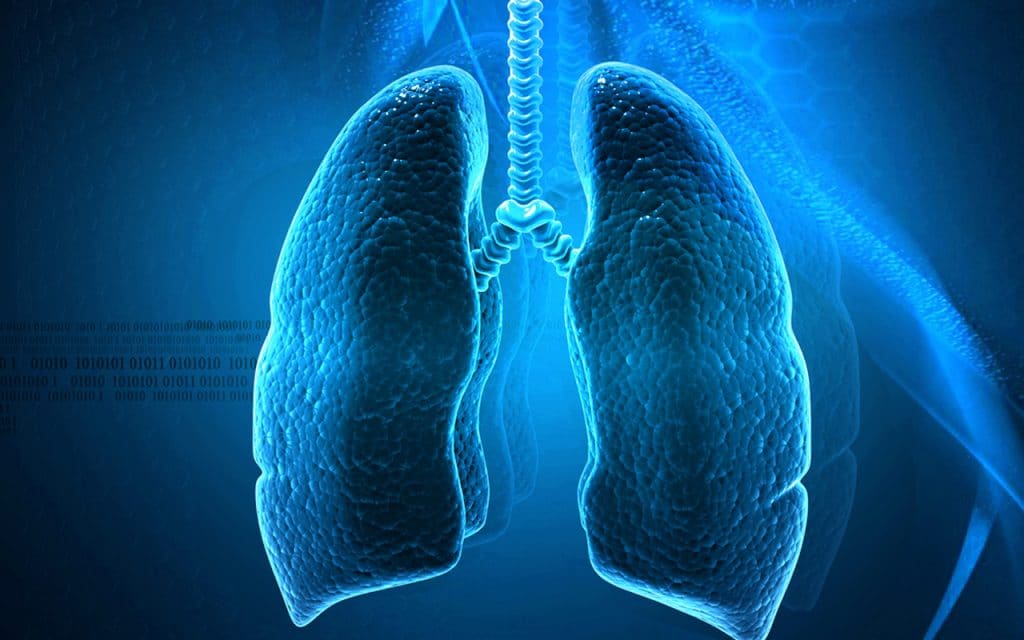Evaluating The Impact of Pneumonia Prevention Recommendations Following Cardiac Surgery

Background
While pneumonia is the most prevalent healthcare-associated infection following coronary artery bypass surgery grafting (CABG), the relative effectiveness of strategies to reduce its incidence remains unclear. We evaluated the relationship between healthcare-associated infection recommendations and risk of pneumonia following CABG.
Methods
Pneumonia prevention practice recommendations were developed based on literature review and analysis of semi-structured interviews with key healthcare personnel across low (<5.9%), medium (5.9-6.1%) and high (>6.1%) pneumonia rate centers. These practices were implemented among 2,482 patients undergoing CABG from 2016 to 2017 across 18 centers. The independent effect of each practice in reducing pneumonia was assessed using multivariable logistic regression, adjusting for baseline risk and center. A composite (bundle) score was calculated as the number of practices (0 to 4) received by each patient.
Results
Recommended pneumonia prevention practices included: lung protective ventilation management, early extubation, progressive ambulation and avoidance of postoperative bronchodilator therapy. Pneumonia occurred in 2.4% of patients. Lung protective ventilation (OR adj 0.45, 95%CI 0.22-0.92), ambulation (OR adj 0.08, 95%CI 0.04-0.17), and postoperative ventilation less than 6 hours (OR adj 0.47, 95%CI 0.26-0.87) were significantly associated with lower odds of pneumonia; postoperative bronchodilator therapy (OR adj 4.83, 95%CI 2.20-10.7) was significantly associated with higher odds. Risk-adjusted rates of pneumonia, operative mortality, and ICU length of stay were lower in patients with higher bundle scores (all p-trend < 0.01).
Conclusions
These pneumonia prevention recommendations may serve as effective targets for avoiding postoperative healthcare-associated infections.
